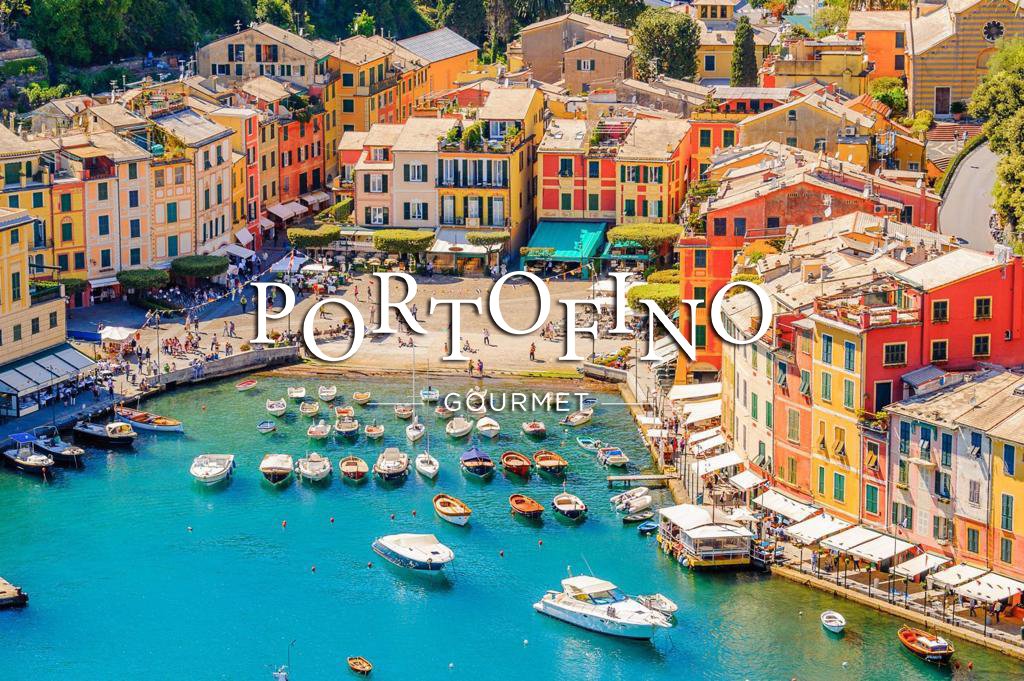The Liguria region of Italy, with its rich culinary heritage and access to fresh, high-quality ingredients, offers a variety of exceptional dishes. Some of the best and most iconic foods from Liguria include:
- Pesto Genovese:
Perhaps the most famous Ligurian food, this bright green sauce is made from basil, pine nuts, garlic, Parmesan cheese, Pecorino cheese, and olive oil. It is traditionally served with pasta, like trofie or trenette. - Focaccia:
Particularly famous in Genoa, Ligurian focaccia is a simple yet delicious flatbread, often flavored with olive oil and salt, sometimes topped with herbs, onions, or cheese. - Farinata:
A thin, crispy pancake made from chickpea flour, water, olive oil, and salt, baked in a wood oven. It's known for its rich flavor and unique texture. - Cappon Magro:
A traditional Ligurian seafood salad, featuring layers of vegetables, seafood, and hardtack soaked in a rich sauce, often garnished elaborately. - Torta Verde (Torta di Verdure):
A savory pie filled with a mixture of greens (like chard or spinach), herbs, and sometimes cheese or rice. - Pansoti con Salsa di Noci:
Pansoti are a type of stuffed pasta, similar to ravioli, filled with a mixture of wild greens and herbs, served with a creamy walnut sauce. - Acciughe Ripiene (Stuffed Anchovies):
Anchovies are a staple in Ligurian cuisine, and these are often stuffed with a mixture of garlic, parsley, and breadcrumbs, then fried or baked. - Frisceu (Frittelle di Baccalà):
Small fritters made with salt cod, flour, and herbs, fried until golden and crispy. - Panissa:
Similar to farinata, this is a thick porridge made from chickpea flour, which can be eaten soft or allowed to set and then fried. - Trofie al Pesto:
A classic Ligurian pasta dish, featuring trofie (small, twisted pasta) served with the region's signature pesto genovese.
Each of these dishes reflects Liguria's culinary tradition of combining simple, fresh ingredients with sophisticated flavors, often influenced by the region's coastal location and abundant local produce.
Certainly! When presenting the Portofino Gourmet brand as an investment opportunity for potential franchisees, it's crucial to highlight its unique selling points, the heritage of the brand, the quality of the products, and the potential for growth and profitability. Here’s an outline of key points you might want to include:
- Brand Heritage and Recognition:
- Emphasize Portofino Gourmet’s strong connection to the historic and picturesque town of Portofino, a symbol of luxury and exclusivity.
- Highlight how the brand embodies the essence of Italian gastronomy, particularly the rich culinary tradition of the Liguria region. - Product Quality and Authenticity:
- Discuss the commitment to using high-quality, locally sourced ingredients, ensuring authenticity in every product.
- Mention specific flagship products like Pesto Genovese, and how they represent the pinnacle of Italian culinary craftsmanship. - Market Appeal and Demand:
- Point out the growing global interest in authentic, high-quality Italian cuisine.
- Stress that Portofino Gourmet meets the increasing demand for premium gourmet products, appealing to a wide demographic of food enthusiasts. - Franchise Model and Support:
- Outline the franchise model, including initial investment, structure, and ongoing support.
- Explain the comprehensive training programs, marketing support, and supply chain logistics that franchisees will benefit from. - Financial Prospects and Growth Opportunity:
- Present data or projections on the lucrative nature of the gourmet food market.
- Discuss expansion plans and the potential for growth in various markets, both domestically and internationally. - Marketing and Brand Presence:
- Describe the marketing strategies that have been successful for Portofino Gourmet.
- Highlight the brand’s presence in various channels, including digital marketing, events, and partnerships that enhance visibility. - Sustainability and Social Responsibility:
- If applicable, mention any sustainable practices and socially responsible initiatives that the brand is involved in.
- Emphasize how these practices not only contribute to a better world but also resonate with modern consumers. - Success Stories and Testimonials:
- Share success stories of existing franchises to illustrate the potential for success.
- Include testimonials from satisfied franchisees and customers. - Customization and Local Adaptation:
- Explain how franchisees can tailor the business to local markets while maintaining brand integrity and quality. - Investor Benefits and Incentives:
- Detail any investor incentives, like reduced franchise fees for early adopters or multi-unit discounts.
- Highlight the support system in place for investors to maximize their return on investment.
Remember, the key is to showcase not just the financial benefits but also the prestige and satisfaction of being associated with a brand like Portofino Gourmet, known for its excellence and authenticity in Italian cuisine.
